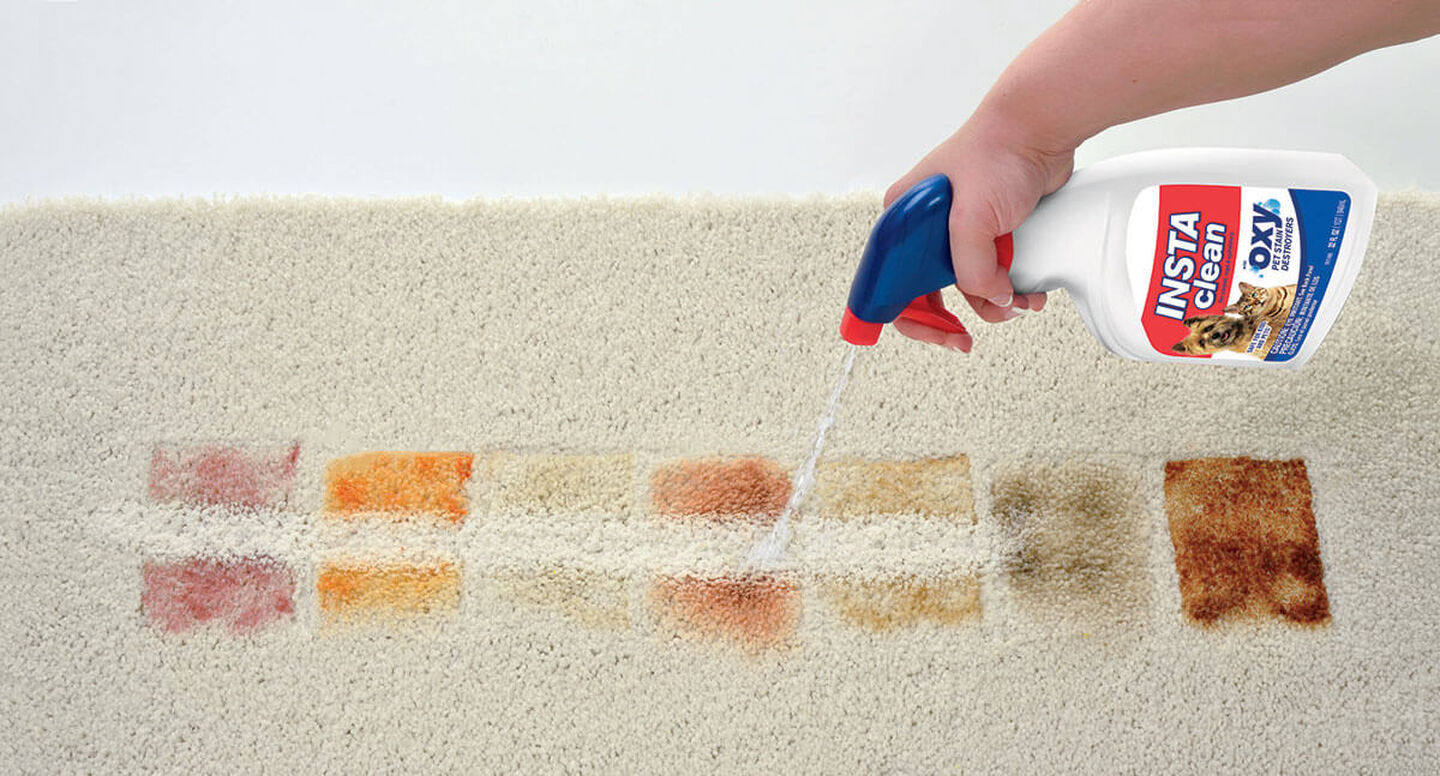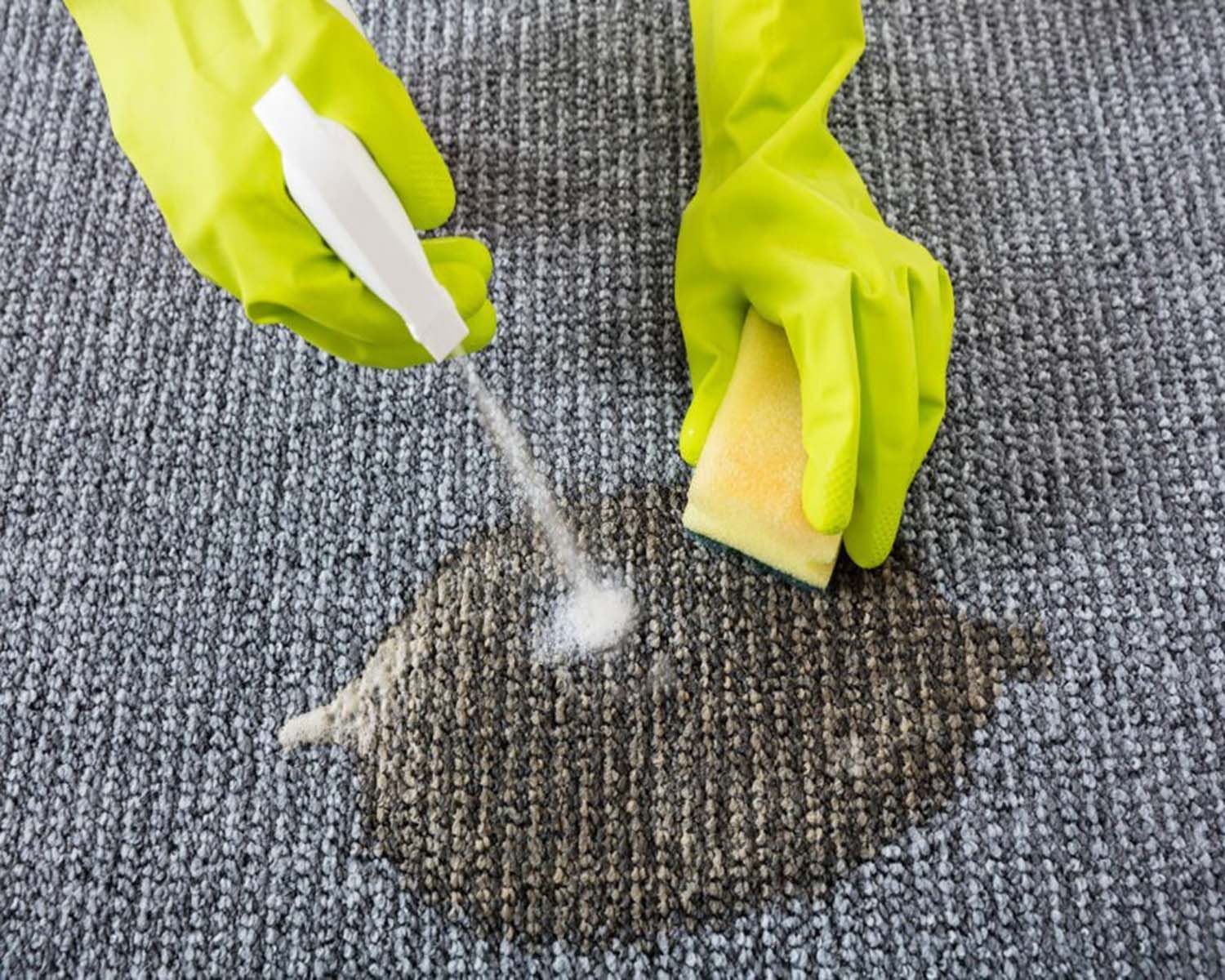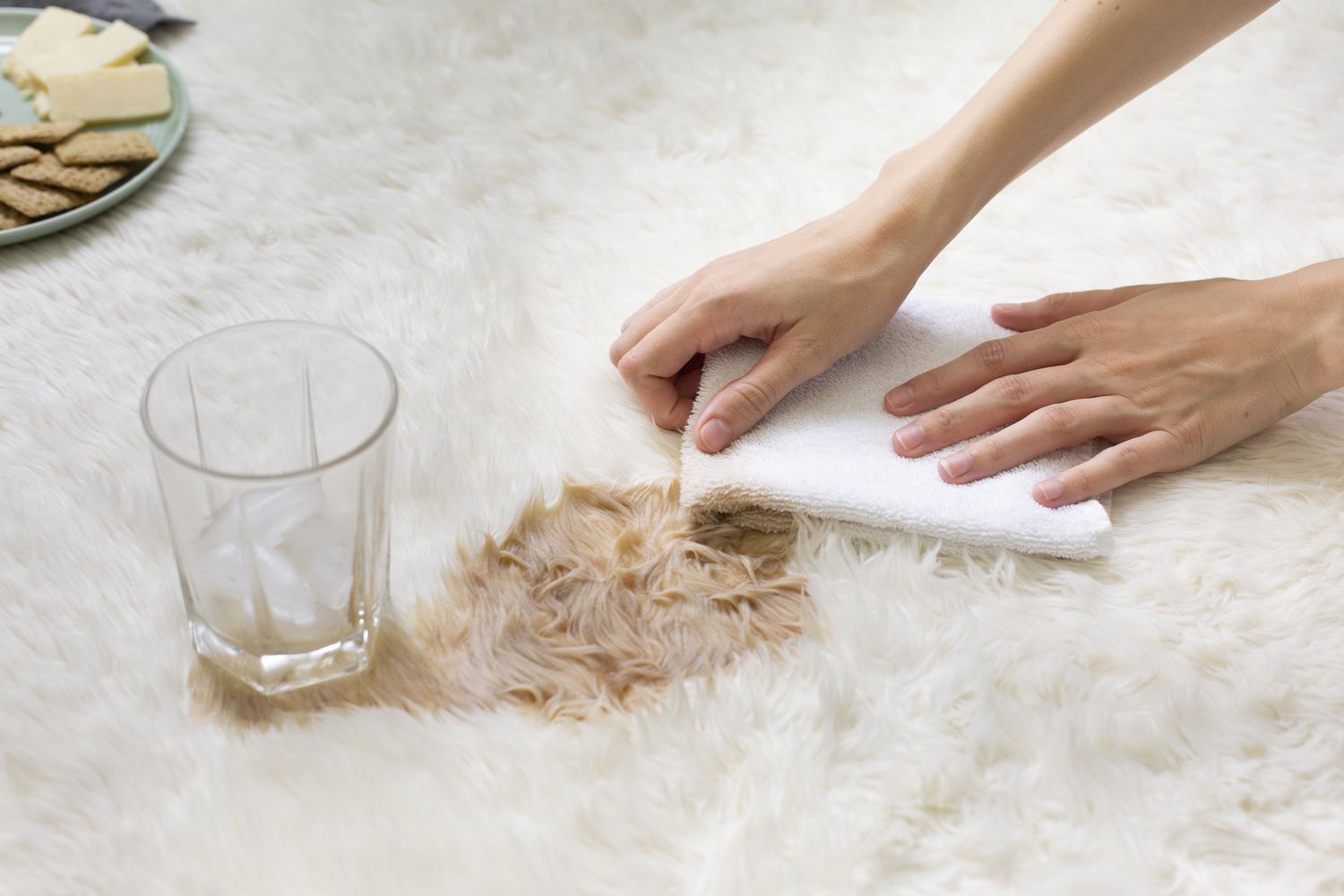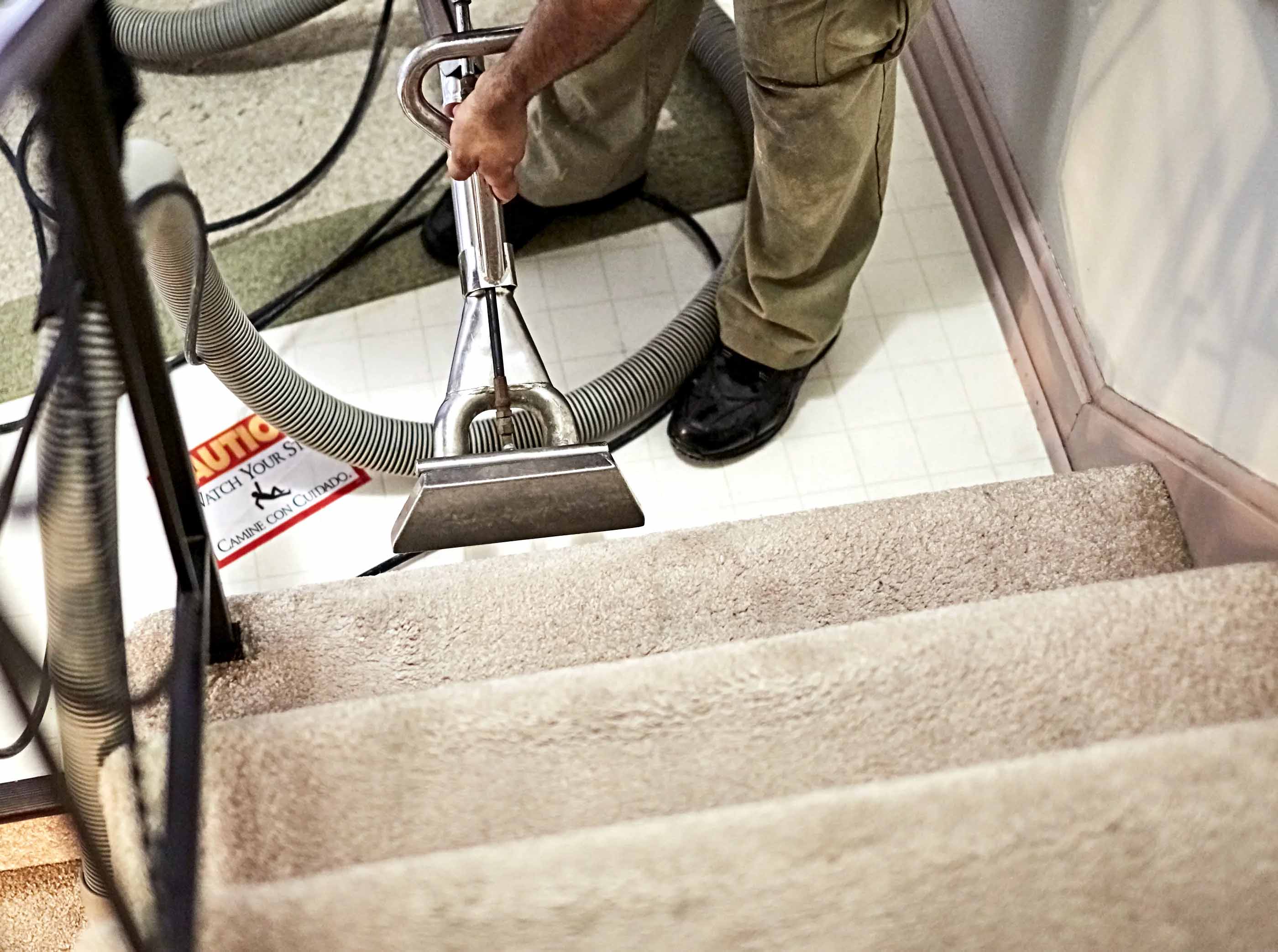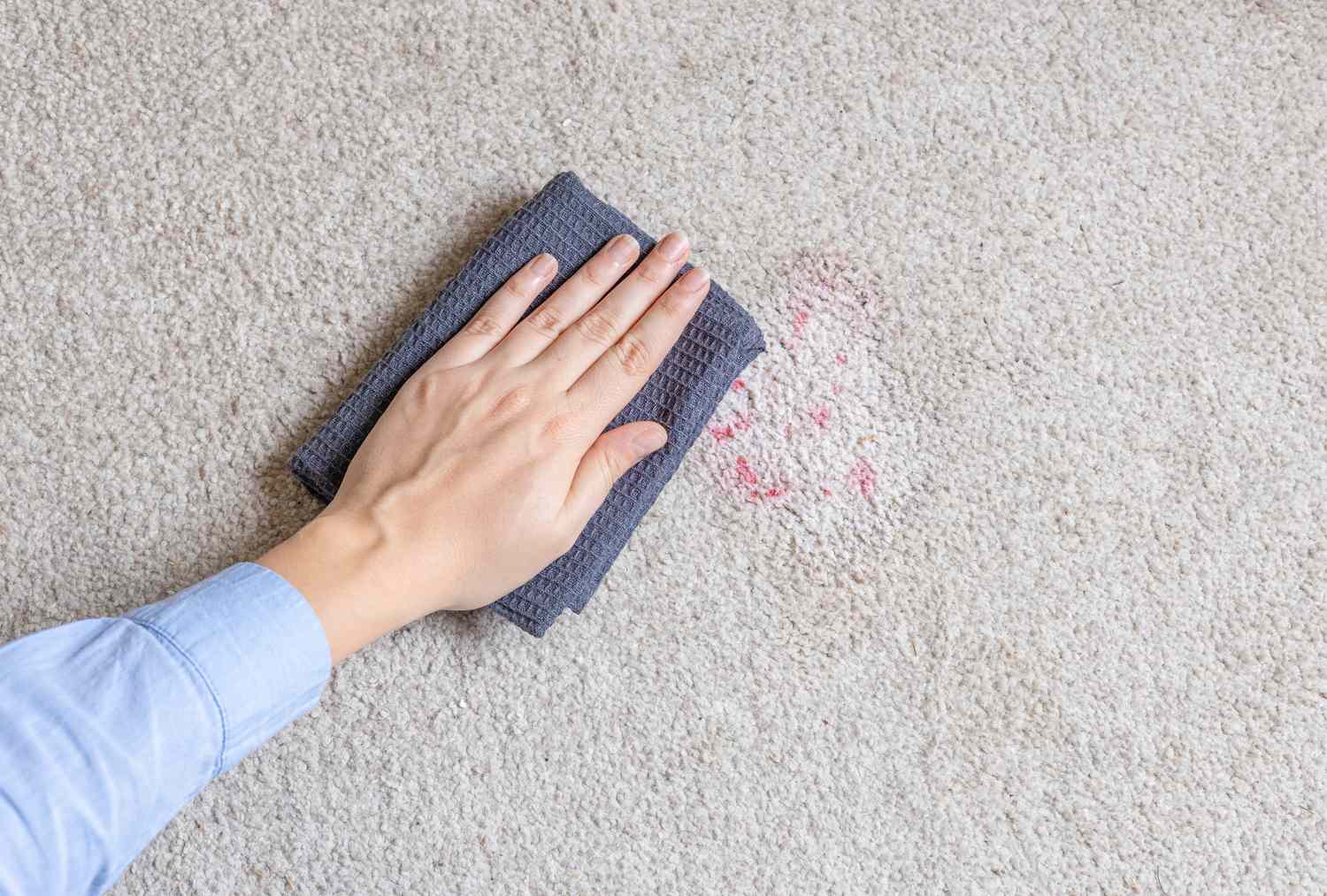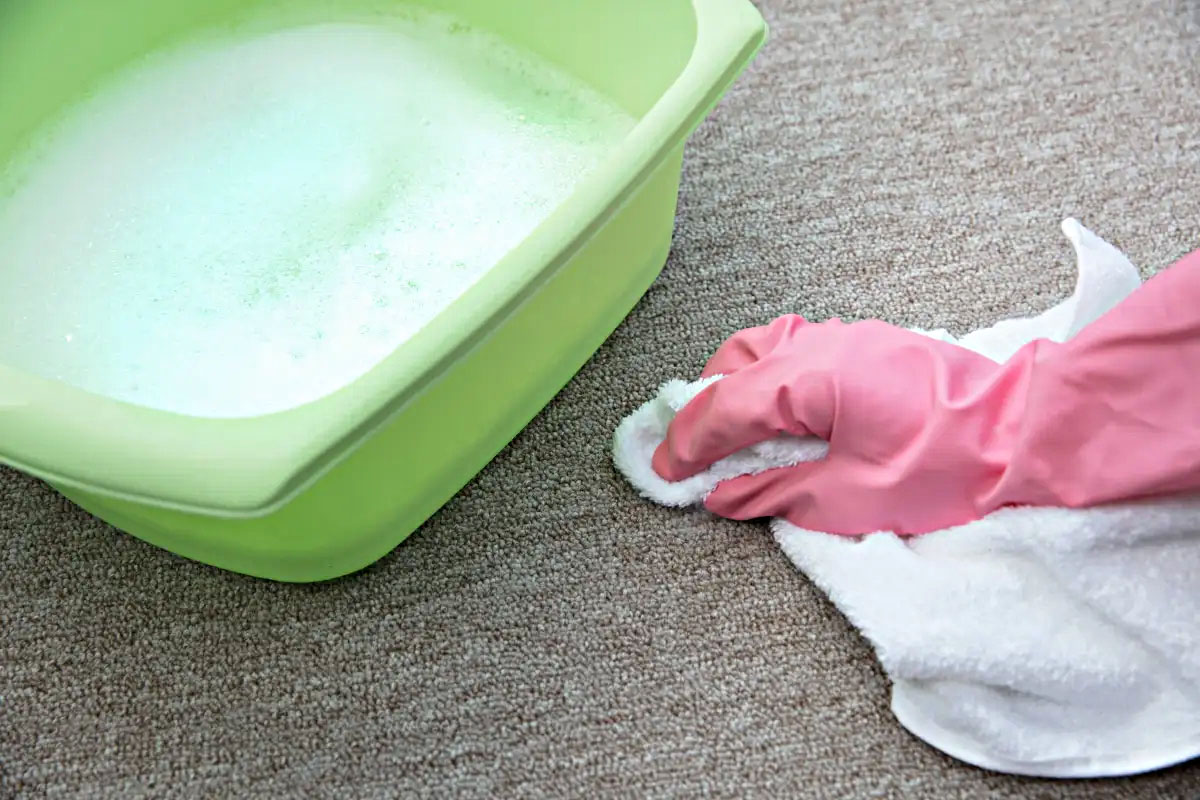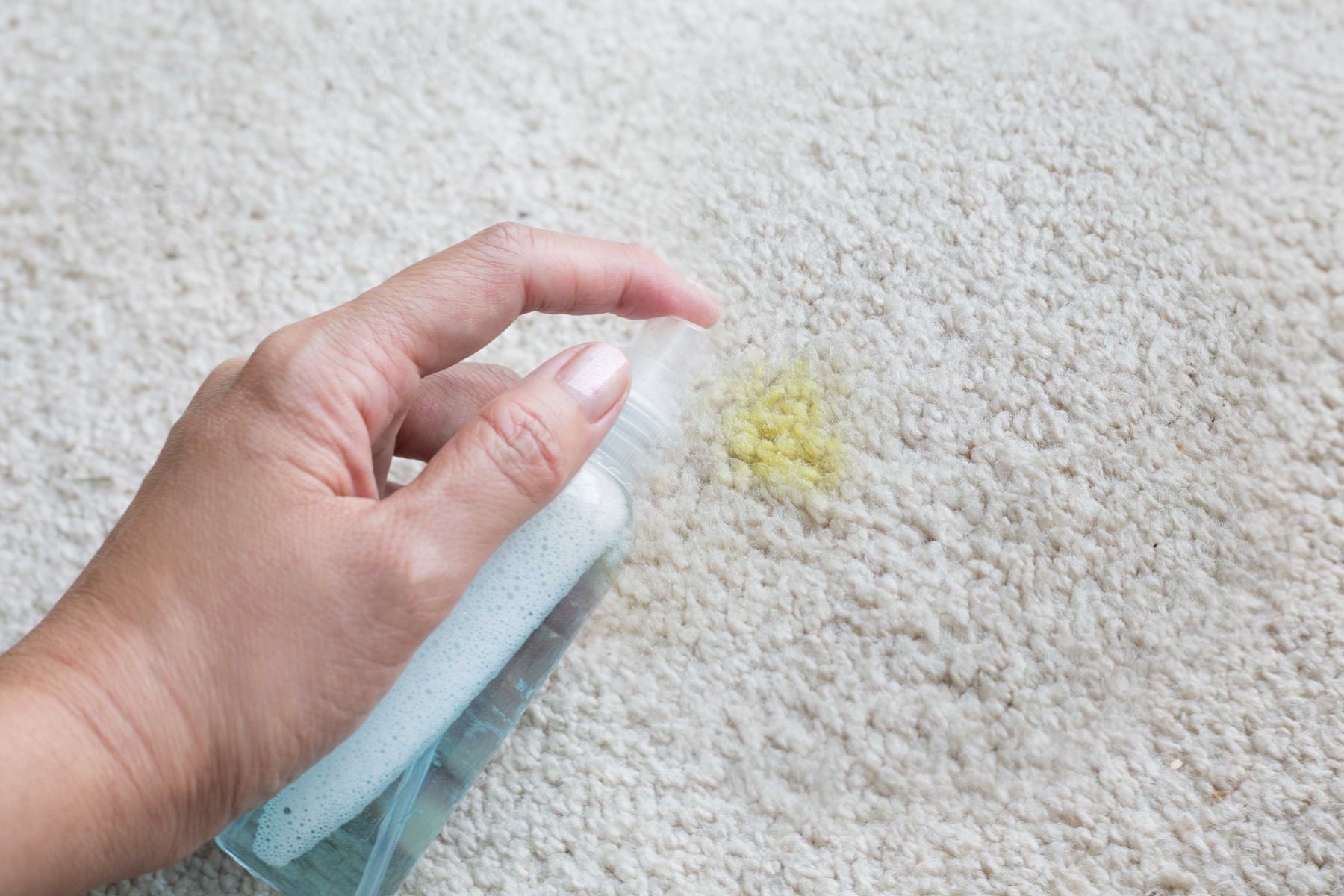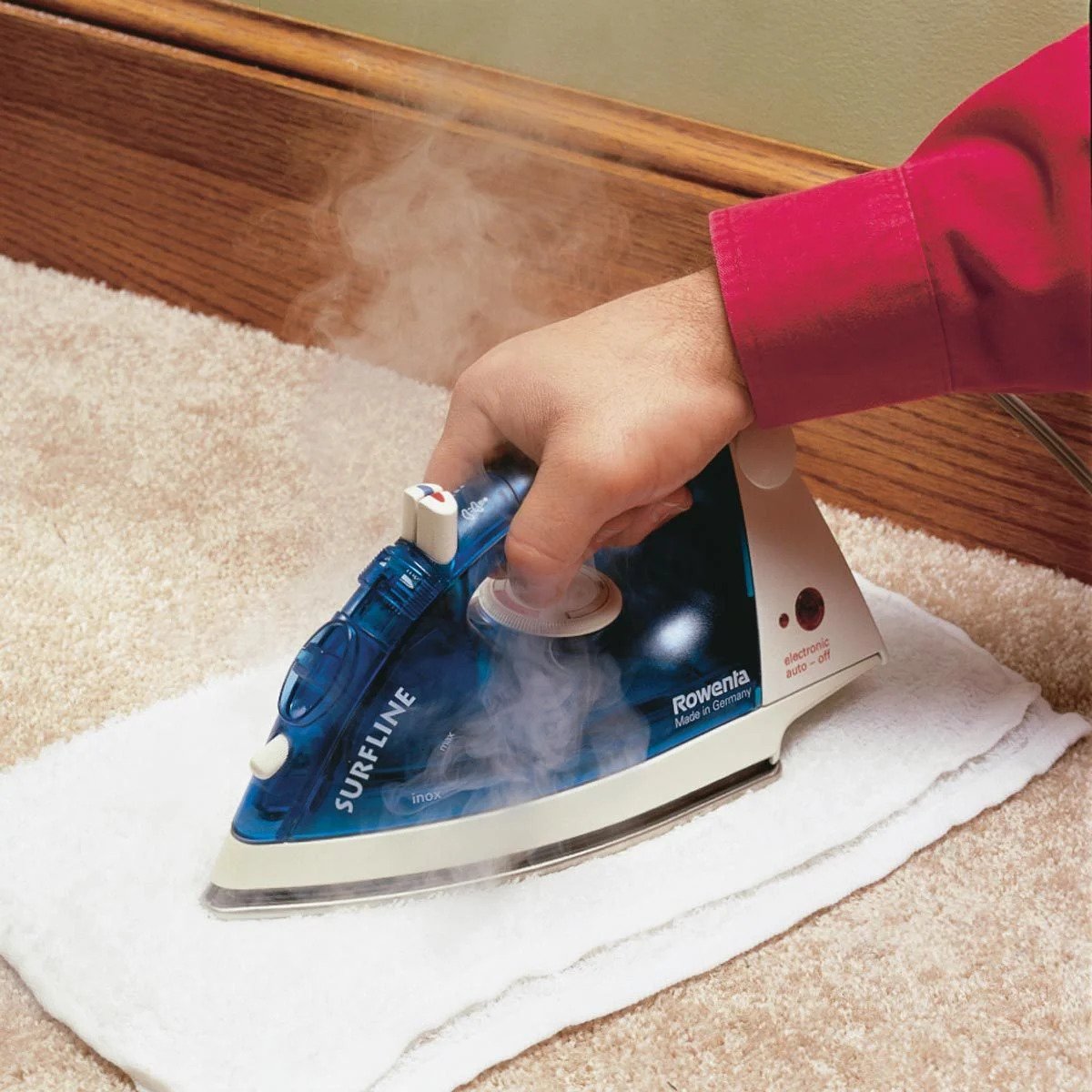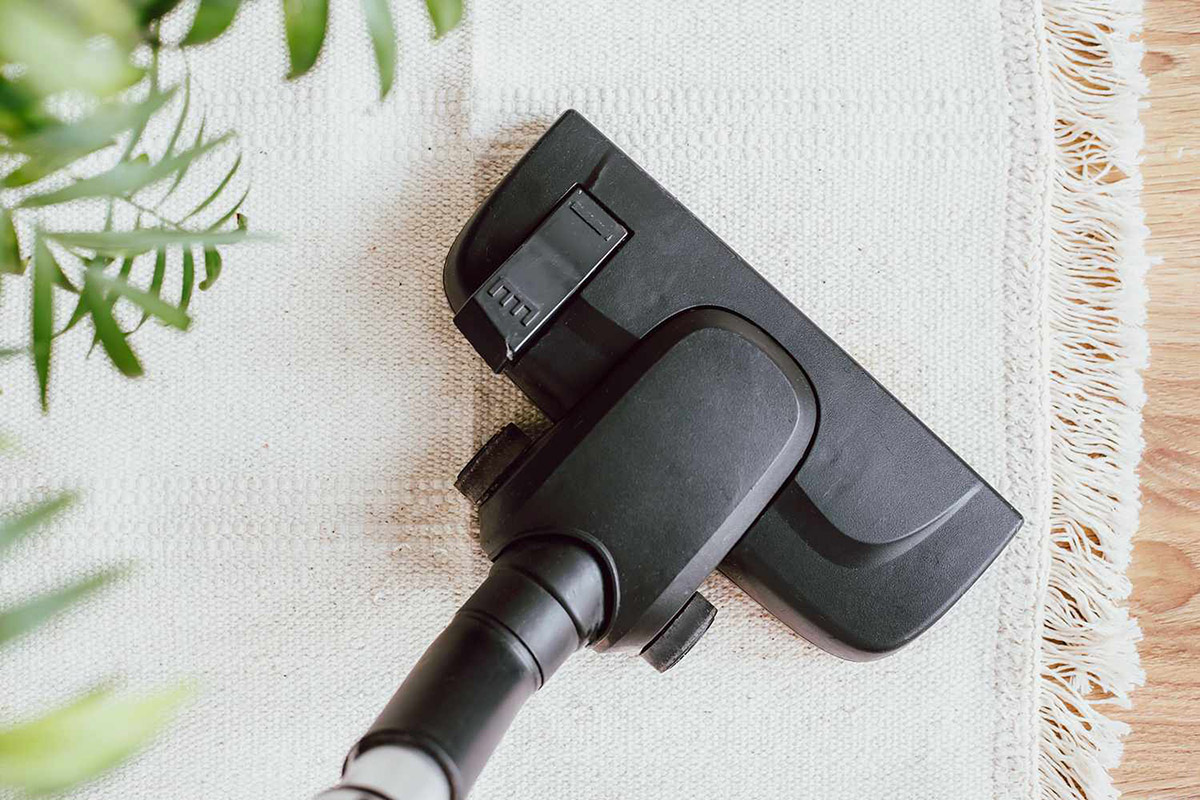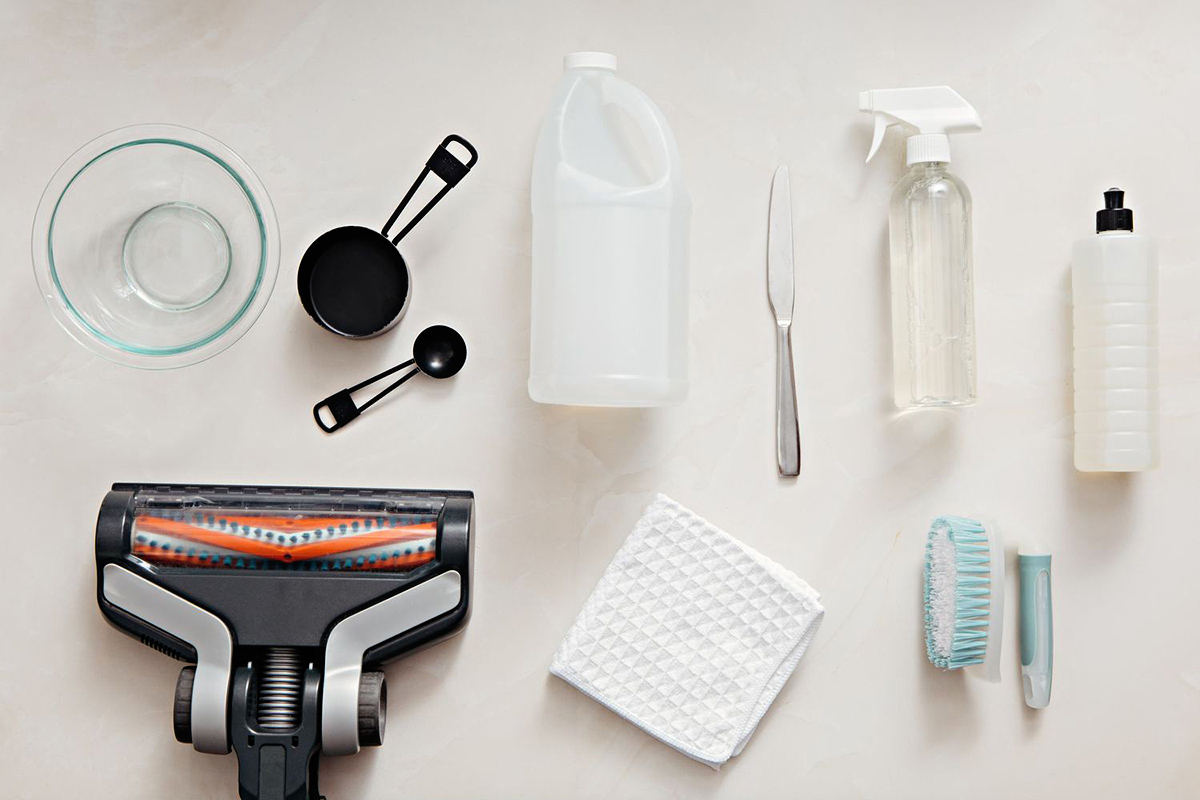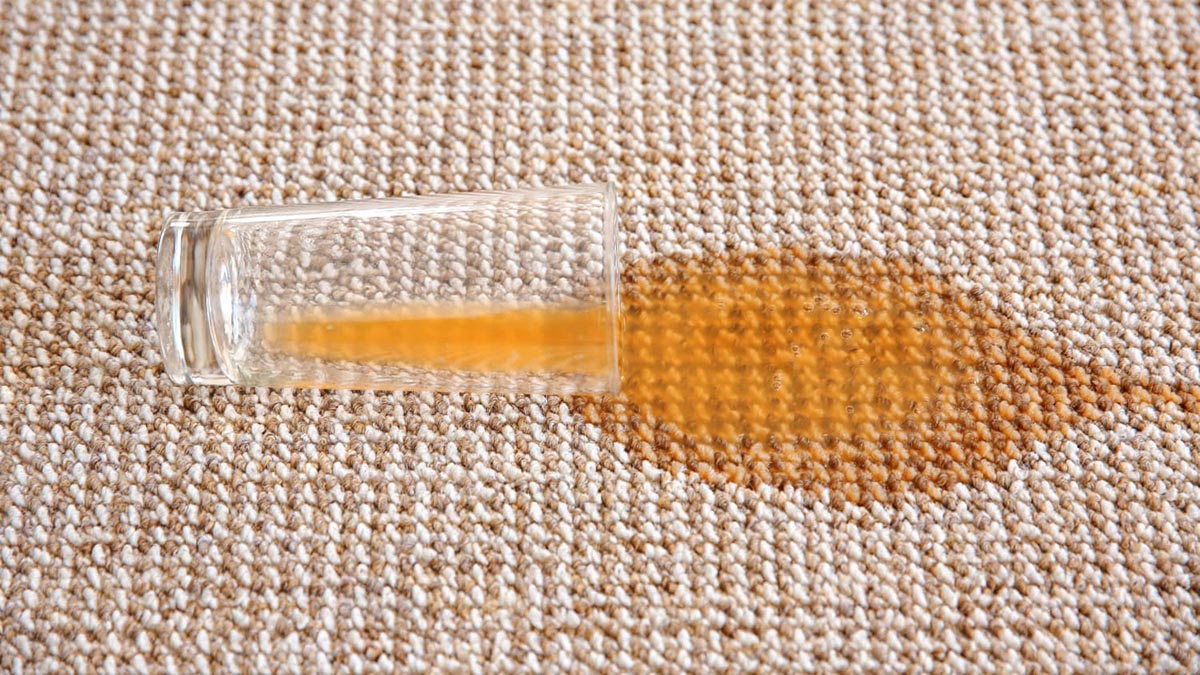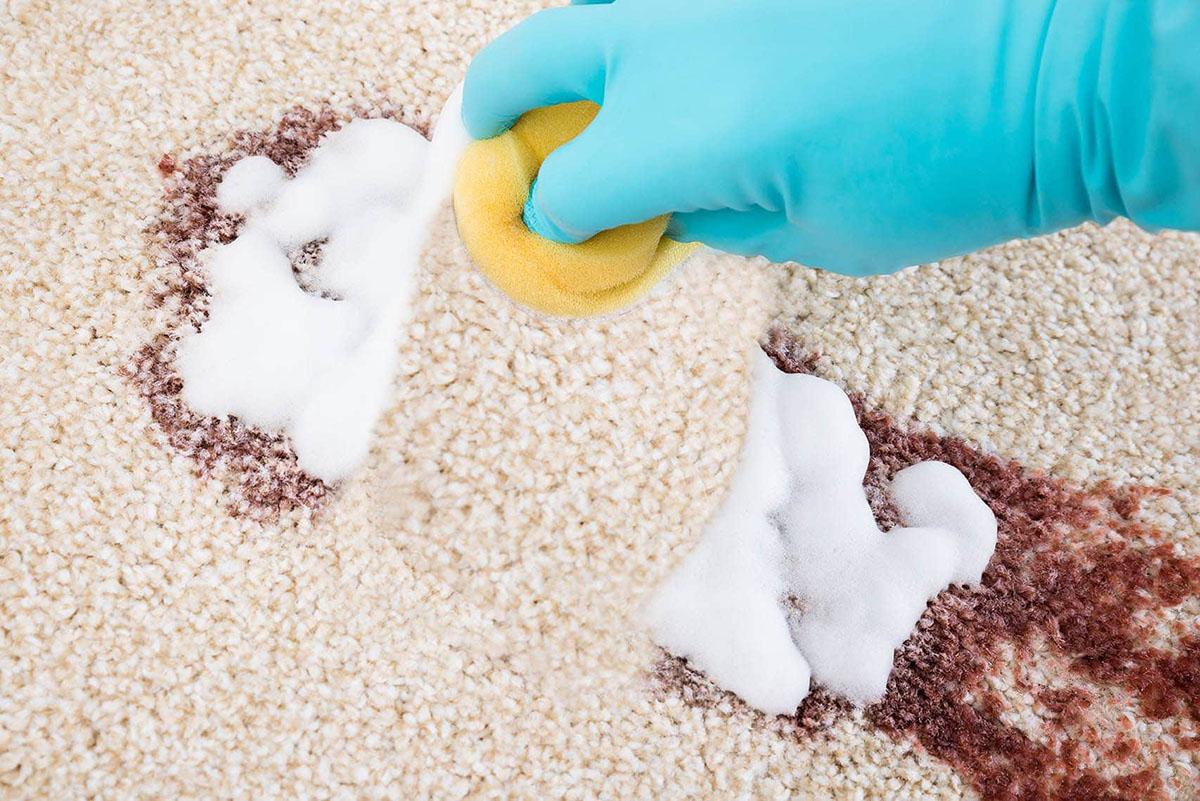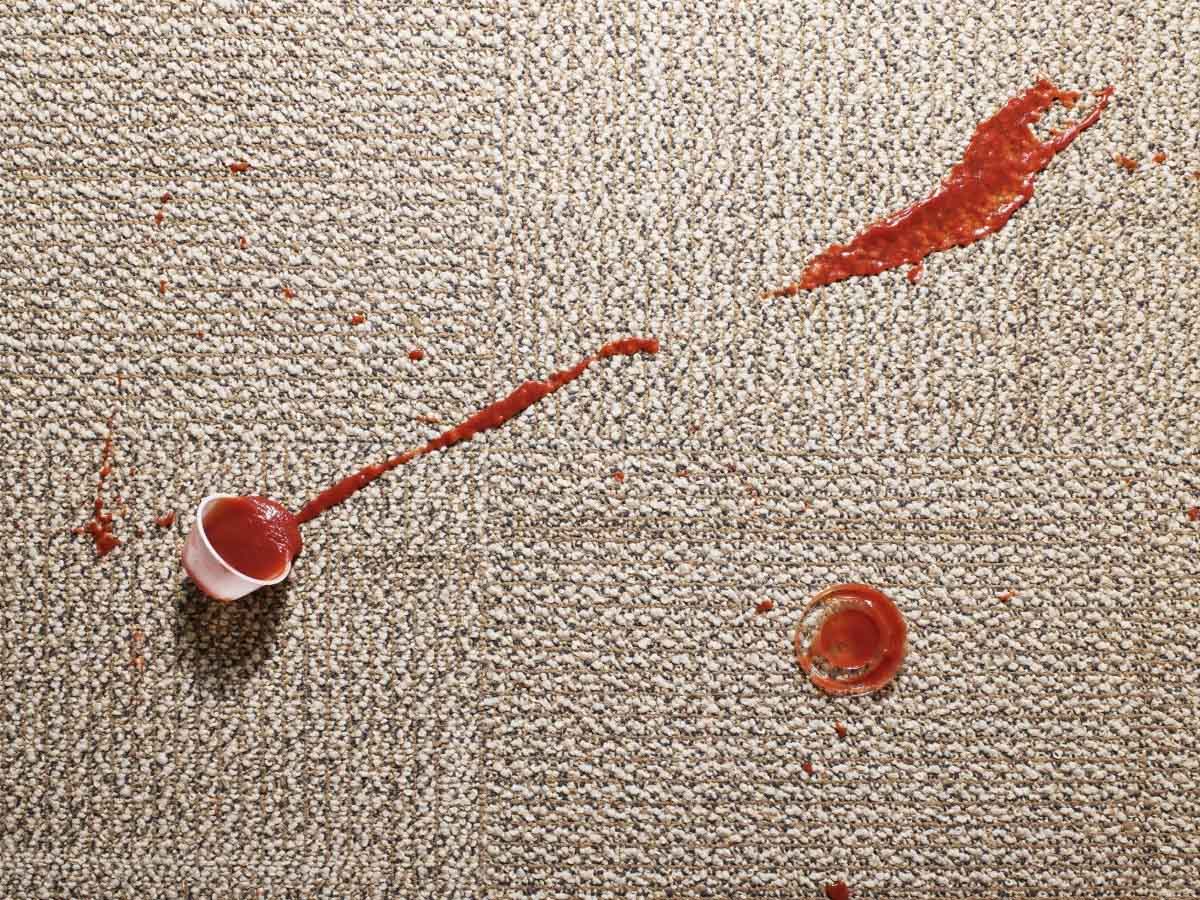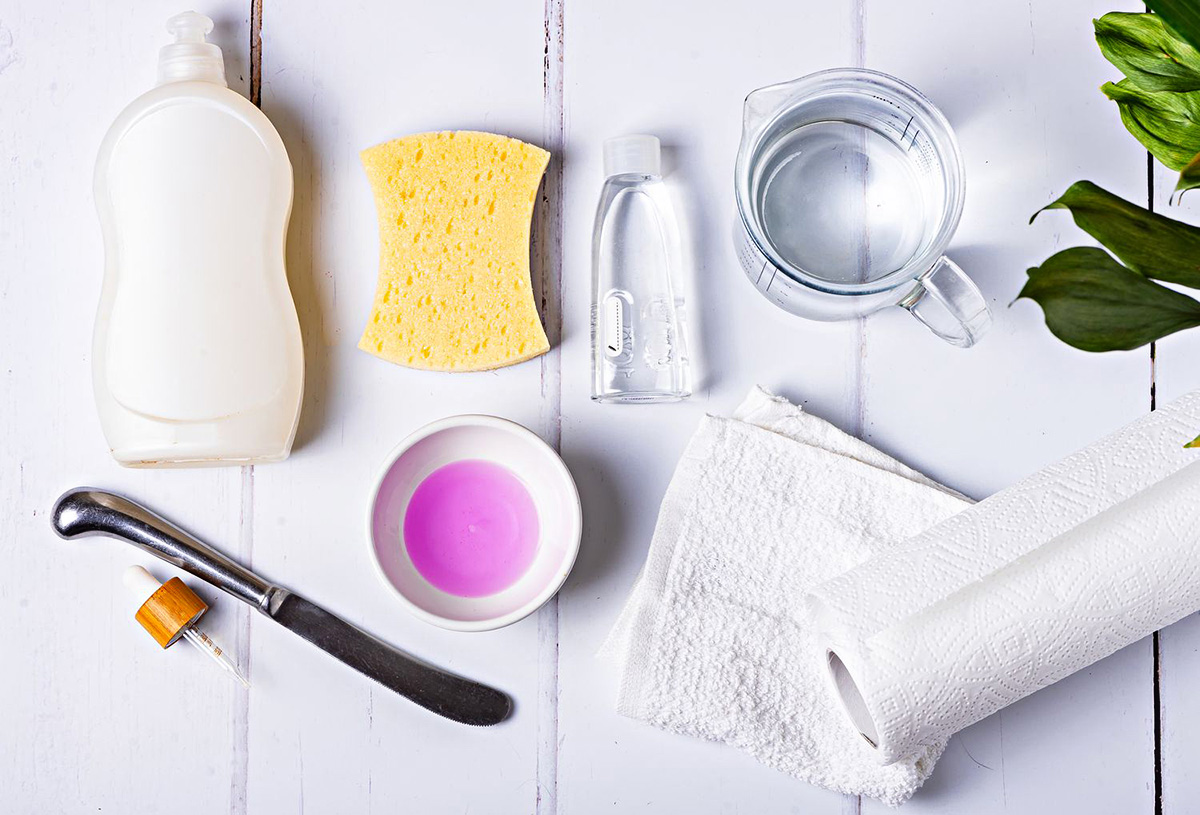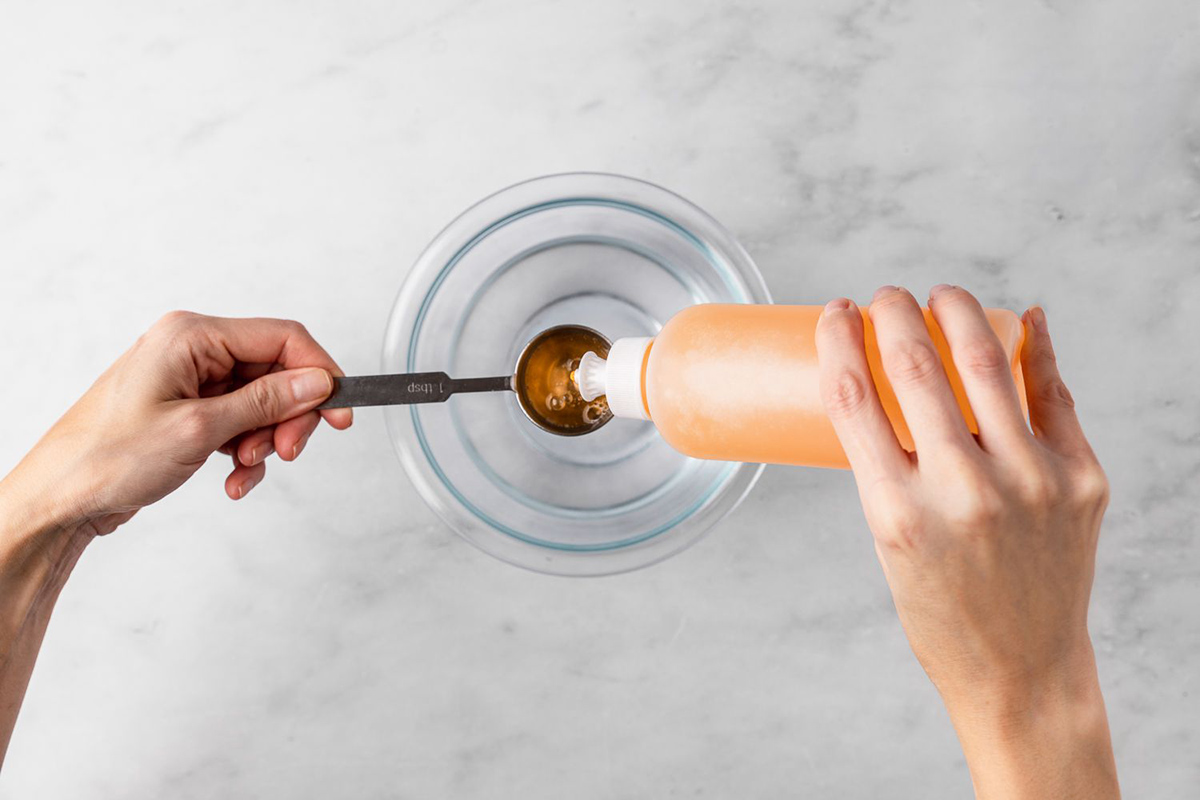

Articles
How To Get Milk Stain Out Of A Carpet
Modified: December 7, 2023
Learn effective techniques and tips to remove tough milk stains from your carpet with our informative articles. Say goodbye to unsightly stains for good!
(Many of the links in this article redirect to a specific reviewed product. Your purchase of these products through affiliate links helps to generate commission for Storables.com, at no extra cost. Learn more)
Introduction
Accidents happen, and if you have ever spilled milk on your carpet, you know how challenging it can be to remove the stain. The combination of liquid and fat can quickly soak into the carpet fibers, leaving behind an unsightly mark and an unpleasant odor if not properly taken care of.
The good news is that with the right supplies and techniques, you can effectively remove milk stains from your carpet and restore its pristine appearance. In this article, we will explore various methods you can use to get milk stains out of your carpet, ranging from simple home remedies to professional cleaning options.
Before we dive into the specific methods, it’s important to note that prompt action is crucial when dealing with milk spills. The longer the milk sits on the carpet, the more it will penetrate the fibers and become harder to remove. So, without further ado, let’s gather the supplies and get started!
Key Takeaways:
- Act quickly and use supplies like vinegar, dish soap, and baking soda to effectively remove milk stains from your carpet. Patience and persistence are key to successful stain removal.
- Consider professional carpet cleaning for stubborn milk stains. Research reputable companies and take preventive measures to minimize future spills and keep your carpet looking fresh.
Read more: How To Get Dry Milk Out Of A Carpet
Supplies Needed
Before you begin the process of removing a milk stain from your carpet, it’s essential to have the right supplies on hand. Here are the items you’ll need:
- White absorbent cloths or paper towels – These will be used for blotting and absorbing the milk from the carpet.
- Mild dish soap – This will help break down the stain and remove any residual odor.
- Cold water – Using cold water helps prevent the milk proteins from setting into the carpet fibers.
- Vinegar – Vinegar is a natural cleaning agent that can help remove stubborn stains and neutralize odors.
- Enzyme cleaner – If the milk stain has caused a lingering smell, an enzyme cleaner specifically designed for carpets can be effective in eliminating odors.
- Baking soda – Baking soda is a versatile cleaning agent that can help absorb odors and lift stubborn stains.
- Carpet cleaning machine (optional) – If the milk stain is particularly stubborn or covers a large area, you may consider renting or using a carpet cleaning machine.
Having these supplies ready will not only make the stain removal process more convenient but also increase the chances of successfully getting rid of the milk stain without causing damage to your carpet.
Method 1: Blotting and Absorbing
The first step in removing a milk stain from your carpet is to act quickly and blot up as much of the spilled milk as possible. This method is particularly effective if the spill is fresh and hasn’t had time to penetrate deep into the carpet fibers.
Here’s how to proceed with this method:
- Grab a white absorbent cloth or paper towel and gently blot the milk stain. Avoid rubbing, as it can spread the stain further.
- Continue blotting until you’ve removed as much milk as possible from the carpet.
- If the cloth becomes saturated, switch to a fresh one to prevent reabsorbing the milk back into the carpet.
- Once you’ve blotted up most of the liquid, sprinkle a generous amount of baking soda over the stain.
- Leave the baking soda on the stain for about 15 minutes to absorb any remaining moisture and odor.
- Vacuum the baking soda off the carpet using a vacuum cleaner with a brush attachment.
If there is still a slight milk residue or odor, repeat the process until the stain is completely gone. It’s important to remember that patience and persistence are key when it comes to removing stubborn stains.
While blotting and absorbing can be effective for fresh milk spills, it may not be sufficient for older or deeper stains. In such cases, you may need to move on to the next method to tackle the stubborn milk stain.
Method 2: Vinegar Solution
If the milk stain on your carpet persists, you can try using a vinegar solution to break down the stain and eliminate any lingering odors. Vinegar is a natural cleaning agent with acidic properties that can help dissolve stains and neutralize unpleasant smells.
Here’s how you can use a vinegar solution to remove a milk stain:
- In a spray bottle, mix equal parts white vinegar and cold water. Shake the bottle well to ensure the solution is thoroughly combined.
- Saturate the milk stain with the vinegar solution. Be careful not to oversaturate the carpet, as excess liquid can cause damage.
- Allow the vinegar solution to sit on the stain for about 10-15 minutes. This will give it time to penetrate and break down the milk proteins.
- Using a clean cloth or sponge, gently blot the stain. You should start to see the milk residue transferring onto the cloth.
- Continue blotting until no more milk is being lifted from the carpet. If needed, you can reapply the vinegar solution and repeat the blotting process.
- Rinse the area with cold water to remove any vinegar residue.
- Blot the area with a dry cloth or paper towel to absorb excess moisture.
Once the carpet is dry, check to see if the milk stain and odor have completely disappeared. If there is still some discoloration or lingering smell, you may need to try another method or consult a professional carpet cleaner.
It’s important to note that vinegar should not be used on certain types of carpet, such as those made of natural fibers like wool or silk. In such cases, it’s best to skip this method and opt for a different solution to avoid damaging your carpet.
Method 3: Dish Soap and Cold Water
If you’re looking for a simple and effective method to remove a milk stain from your carpet, using dish soap and cold water can be a great option. Dish soap is designed to cut through grease and grime, making it useful for breaking down milk stains.
Follow these steps to use dish soap and cold water:
- In a small bowl, mix a few drops of mild dish soap with cold water. Stir the solution gently until it forms a soapy mixture.
- Dampen a clean cloth or sponge with the soapy water.
- Gently blot the milk stain with the cloth, starting from the outer edges and working your way towards the center. Avoid rubbing the stain, as it can push the milk deeper into the carpet fibers.
- Continue blotting until the milk stain begins to lift from the carpet. You may need to rinse the cloth and reapply the soapy water mixture as you go.
- Rinse the area with cold water to remove any soap residue.
- Blot the area with a dry cloth or paper towel to absorb excess moisture.
After the carpet has dried, assess the stain. If there are still traces of the milk stain, repeat the process until the stain is completely gone. If the stain persists, you can consider trying other methods or seeking professional help.
Remember to always test the dish soap on a small, inconspicuous area of the carpet before applying it to the milk stain. This will help ensure that the soap doesn’t cause any discoloration or damage to the carpet fibers.
Blot the milk stain with a clean cloth to absorb as much liquid as possible. Mix 1 tablespoon of dish soap with 2 cups of warm water and blot the stain with the solution. Rinse with water and blot dry.
Read more: How To Get Sour Milk Out Of A Carpet
Method 4: Enzyme Cleaner
If the milk stain on your carpet has left behind a lingering odor, using an enzyme cleaner can be an effective solution. Enzyme cleaners are specifically designed to break down organic stains and odors, including those caused by milk.
Follow these steps to use an enzyme cleaner to remove a milk stain:
- Start by blotting up any excess milk using a clean cloth or paper towel. Remember to avoid rubbing the stain, as it can spread it further.
- Read the instructions on the enzyme cleaner bottle to determine the appropriate amount to use. Follow the instructions carefully.
- Apply the enzyme cleaner directly to the milk stain, ensuring that the affected area is well saturated.
- Allow the enzyme cleaner to sit on the stain for the recommended amount of time specified on the product label. This will give the enzymes time to break down the organic material.
- After the specified time has passed, blot the area with a clean cloth or sponge to absorb the enzyme cleaner and any dissolved milk residue.
- Rinse the area with cold water to remove any remaining cleaner residue.
- Blot the area with a dry cloth or paper towel to remove excess moisture.
Enzyme cleaners are designed to be effective on tough stains and odors, but it’s important to note that they may not work instantly. In some cases, you may need to repeat the process multiple times or leave the enzyme cleaner on the stain for a longer period to achieve the desired results.
Always follow the instructions provided by the enzyme cleaner manufacturer for the best results. Additionally, it’s a good idea to test the cleaner on a small, inconspicuous area of the carpet before applying it to the milk stain to ensure that it doesn’t cause any discoloration or damage.
Method 5: Baking Soda
Baking soda is a versatile household ingredient that can be used for various cleaning purposes, including removing stubborn milk stains from carpets. It acts as a natural deodorizer and can help lift stains when used in combination with other cleaning methods.
Follow these steps to use baking soda to remove a milk stain:
- Blot up any excess milk from the carpet using a clean cloth or paper towel.
- Sprinkle a generous amount of baking soda directly onto the milk stain.
- Gently rub the baking soda into the carpet using a soft-bristled brush or your fingers. This will help the baking soda penetrate the fibers and absorb any moisture and odor.
- Leave the baking soda on the stain for at least 15 minutes, or longer for more stubborn stains.
- Using a vacuum cleaner with a brush attachment, carefully vacuum up the baking soda, ensuring that you remove all traces of it from the carpet.
- If the milk stain is still visible, you can repeat the process or combine baking soda with other cleaning methods, such as the dish soap and cold water method mentioned earlier.
Baking soda is particularly effective at absorbing moisture and neutralizing odors. It can help lift the milk stain while freshening the carpet in the process. However, if the stain persists or is deeply embedded in the carpet fibers, you may need to try alternative methods or seek professional assistance.
Keep in mind that baking soda may leave a white residue on darker carpets. To avoid this, test the baking soda on a small, inconspicuous area of the carpet before applying it to the milk stain. If discoloration occurs, it’s best to explore other stain removal options.
Method 6: Professional Carpet Cleaning
If you’ve tried various home remedies and are still struggling to remove a stubborn milk stain from your carpet, it may be time to enlist the help of professional carpet cleaners. Professional cleaning services have the expertise, specialized equipment, and professional-grade products to tackle even the most stubborn stains.
Here’s what you can expect when opting for professional carpet cleaning:
- Contact reputable carpet cleaning companies in your area and inquire about their services. Be sure to mention the milk stain and any specific concerns you have.
- Once you’ve scheduled an appointment, the professional cleaners will arrive at your home and assess the condition of the milk stain.
- They will use advanced cleaning techniques and equipment tailored for your specific carpet type and the severity of the stain.
- The cleaning process may involve hot water extraction (steam cleaning) or other methods such as dry cleaning or encapsulation.
- The professional cleaners will target the milk stain and work on extracting it from the carpet fibers.
- They may also apply specialized spot treatments or solutions to further break down the stain.
- The carpet will be thoroughly rinsed to remove any cleaning agents or residues.
- Once the cleaning is complete, the professionals will assess the carpet and ensure that the milk stain has been effectively removed.
Professional carpet cleaning can be a more expensive option compared to DIY methods, but it can yield highly effective results, particularly for deep-set milk stains or extensive carpet areas. Additionally, professional cleaners can often provide additional services, such as carpet deodorizing or protective treatments to prevent future stains.
When hiring a professional carpet cleaner, be sure to do your research and choose a reputable company with positive reviews and a track record of quality service. This will help ensure that you get the best results possible and protect your investment in your carpet.
Remember that prevention is always better than having to deal with stains. Take precautions, such as placing spill-proof mats or using sippy cups, to minimize the chances of milk spills on your carpet in the first place.
Conclusion
Getting milk stains out of your carpet can be a challenging task, but with the right approach and supplies, you can restore your carpet’s cleanliness and appearance. Whether you opt for DIY methods or seek professional help, prompt action is crucial to prevent the milk from seeping deeper into the carpet fibers.
In this article, we explored various methods to remove milk stains from carpets, including blotting and absorbing, using a vinegar solution, dish soap and cold water, enzyme cleaners, baking soda, and professional carpet cleaning. Each method has its own strengths and effectiveness, and it’s important to choose the one that suits your situation best.
Remember to always read and follow the instructions on cleaning products, perform a patch test on a small, inconspicuous area of the carpet, and proceed with caution to avoid damaging your carpet further.
In some cases, especially with older or deep-set stains, seeking professional carpet cleaning services may be necessary. Professional cleaners are equipped with the expertise and specialized equipment to tackle stubborn stains and revive your carpet’s beauty.
Ultimately, prevention is the best way to avoid milk stains on your carpet. Take precautions to minimize spills, such as using spill-proof cups or placing mats in high-risk areas.
By following the methods and tips discussed in this article, you can say goodbye to milk stains and enjoy a fresh, clean carpet once again. So, gather your supplies, choose the method that suits your needs, and tackle those milk stains with confidence!
Frequently Asked Questions about How To Get Milk Stain Out Of A Carpet
Was this page helpful?
At Storables.com, we guarantee accurate and reliable information. Our content, validated by Expert Board Contributors, is crafted following stringent Editorial Policies. We're committed to providing you with well-researched, expert-backed insights for all your informational needs.
